The time had come to commence our journey South and given the increasing temperature and humidity, you can understand why most Victorians have commenced that journey already. We were up by 6am and on the road just before 8am. The landscape we were now driving though had certainly changed. The undulating road was a pleasant change from most of the flat, straight road to date and we were now in sugar cane territory. Our first stop was at Ayr where a large snake caught our interest. It was the Gabulla Munda (Carpet Snake), a multi-coloured Aboriginal Totem and protective spirit of the Biri Gubba people.
Not far South of Ayr we crossed the Burdekin River, this time headed South after earlier in our trip crossing it on our Northerly leg out of Charters Towers. The new Burdekin Bridge was opened on 15 June 1957, after 10 years of construction and is a vital connection between southern and northern Queensland. At 1,103 m long, it is one of the longest multi-span bridges in Australia. Longer than Brisbane's Story Bridge or New South Wales's Hawkesbury River Railway Bridge, but it is 46 metres shorter than Sydney's Harbour Bridge.
We detoured off the Bruce Highway (A1) into Bowen for a lunch break and found a convenient spot to park the car/van right on the foreshore overlooking Port Denison. After enjoying a sandwich in these surrounds we drove further down and came across the Catalina Memorial. Bowen was a base for the flying boats during the battle of the Coral Sea and this memorial, located where the slipway and hard standing area was established, acknowledges those lost during Catalina operations and honours those Bowen residents who served Australia during historical conflicts.
Bowen also claims to be Australia's mural capital. The first of Bowen’s murals was painted in 1988, on the wall of the Bowen Library. The idea behind the murals belonged to a former Bowen resident who came up with the idea on her visit to Chemainus in Canada, where the town’s historical past was shown in wall murals. We walked around the town taking in a selection of the 28 murals listed in the visitor's guide and found the mural titled "Goat Cart" particularly good.
Of course we had to stop at the Big Mango which is just outside Bowen. Historically, mangoes originate from south-east Asia, in particular India and in the late 1800’s a thriving horse-trading business operated between Bowen and India. Amongst the items that Indian crews bought with them were mangoes. Mr GE Sandrock, the then Bowen harbour master, collected seeds and planted them on his property, along with a Mr McDonald from Adelaide Point. From these seeds the delicious, stringless Kensington Pride Mango was developed. The name Kensington Pride is still correct, but the variety is now also known as the Bowen Mango or Bowen Special and it is still considered the king of all mangoes.
After setting the van up at the Island Gateway Holiday Park, we drove back into Airlie Beach to take in some of the sights. There was a huge crowd in the Party Bar along the main street watching the AFL Grand Final between Collingwood and the West Coast Eagles. Shade was at a premium, but we found some where we could sit and watch the various water-based activity on Airlie Bay. A New Zealand Natural milkshake completed our afternoon.
Dinner was a chicken and vegetable stir fry, with peaches and fig yogurt for dessert.

 Airlie Beach, Queensland, Australia
Airlie Beach, Queensland, Australia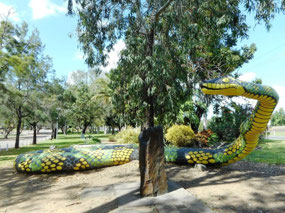
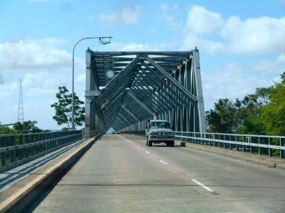
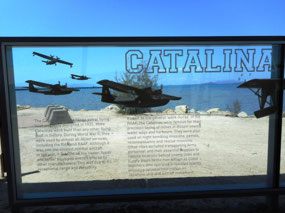
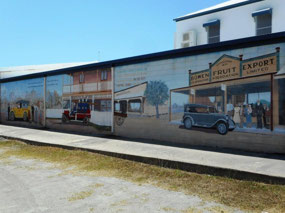
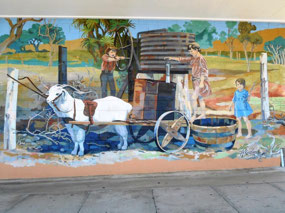
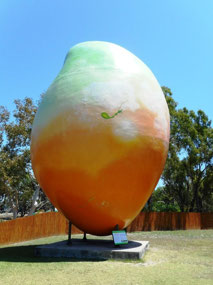
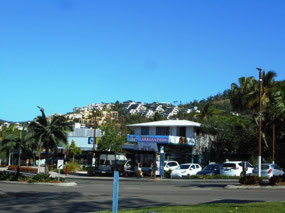

2025-05-23